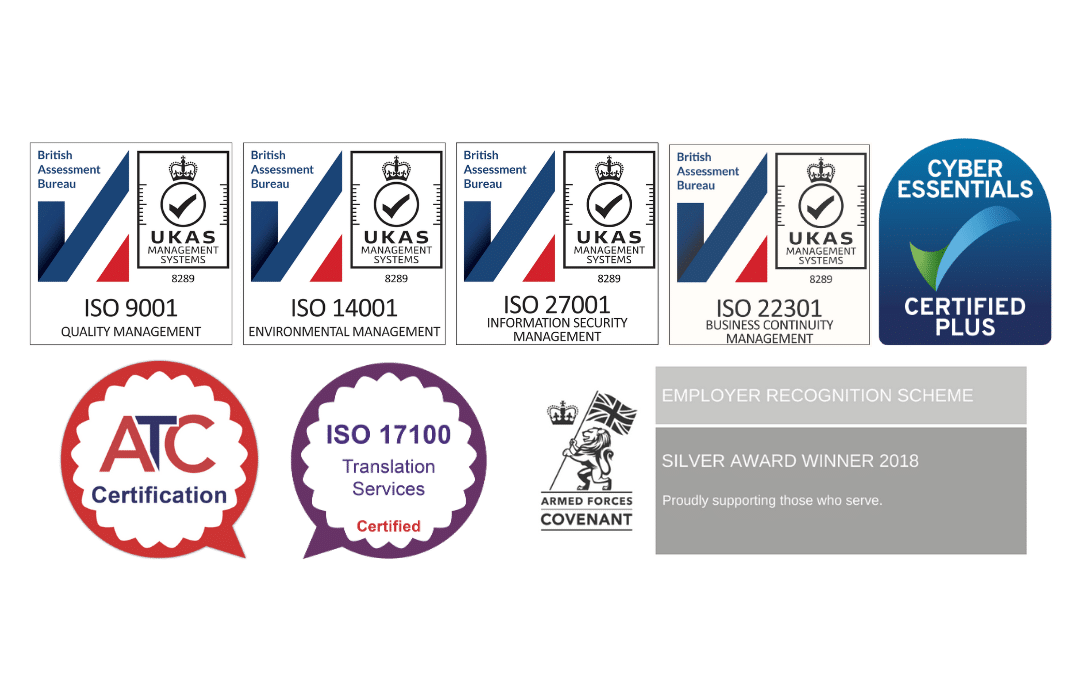As you read this article, chances are we don’t need to explain anything about the COVID-19 virus. Official advice, typical symptoms, infection statistics, hand washing guidance – you’ve read it all a hundred times over.
But what if you couldn’t access this information? What if you couldn’t understand it? This is the problem faced by many non-English speakers.
A gap or a delay in translation of official resources can leave some communities at greater risk of contracting and spreading the virus. Through sheer lack of accessible information, they don’t know how to respond to the pandemic.
Where linguists are not being used, trouble ensues
This is something that has already been seen in the US. Worryingly, it was revealed that the Spanish set of COVID-19 resources did not offer as much information about the nature of the disease than the English one. [1]
Besides the virus, there is another widely-spreading worry. This is the rapid-spreading flow of inaccurate information plaguing social media. This is worsened when the truth has not been translated into all languages. Gaps in communication can only lead to speculation, misinformation and panic.
Tackling the need for information translation
Right now, citizens need to be able to rely on official channels for guidance. Without it, a bad situation could be made even worse. Translation is a key part of this group effort. Thankfully, this effort has already begun. An amazing initiative from Doctors of the World has been to translate critical public-facing content in languages and formats that people understand. Additionally, Translators Without Borders has started building a multilingual glossary to support public information translation efforts. In Australia, the government has now released its official guidance in 236 languages and dialects.
The global pandemic that spread through the entire world like wildfire. It has seen nations collaborating, and all channels of communication are open. Academic research is translated in record time so scientists can collaborate without language barriers.
Initially, information from China about the virus’s first instances was published and translated by the Centre for Medical Language Service of Guangdong University of Foreign Languages. It was then disseminated via the WHO to ensure the whole world would learn from China’s experience. For the scientific community, to have information available in their native languages enables them to work better and faster. Working in tandem with medical linguists also allows for the communication of their studies results without limitations.
How linguists can help us move forward
The role of the linguists is not limited to the global or national level. Within our own communities and our own hospitals, their work extends to ensuring that health care workers and other professionals can communicate information to patients regarding treatment and prevention.
Healthcare professionals being able to efficiently communicate facts and information to the people, and people being able to understand the causes, cures or even basic precautions, are vital in both reducing the spread of COVID-19 and diminishing the detrimental impact of any outbreak.
Let us take a moment to celebrate the work our interpreters and translators are doing, in close collaboration with national healthcare providers, local authorities and central governments, to make sure our citizens have access to vital information at all levels.
Discover more about Doctor of the World’s translation efforts: www.doctorsoftheworld.org.uk/coronavirus-information.
If you would like to know more about our services email enquiries@dalanguages.co.uk and we will be more than happy to see how we can help.
[1]Source : www.aljazeera.com/news/2020/03/race-translate-covid-19-info-communities-left-200331144408436.html



